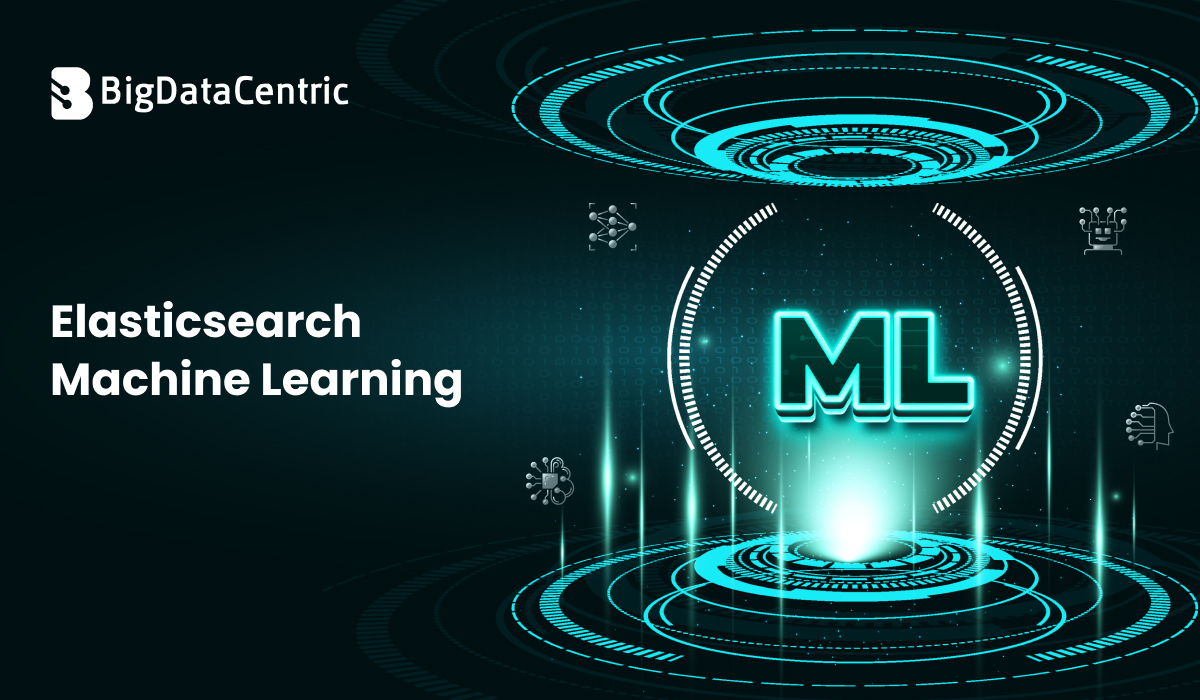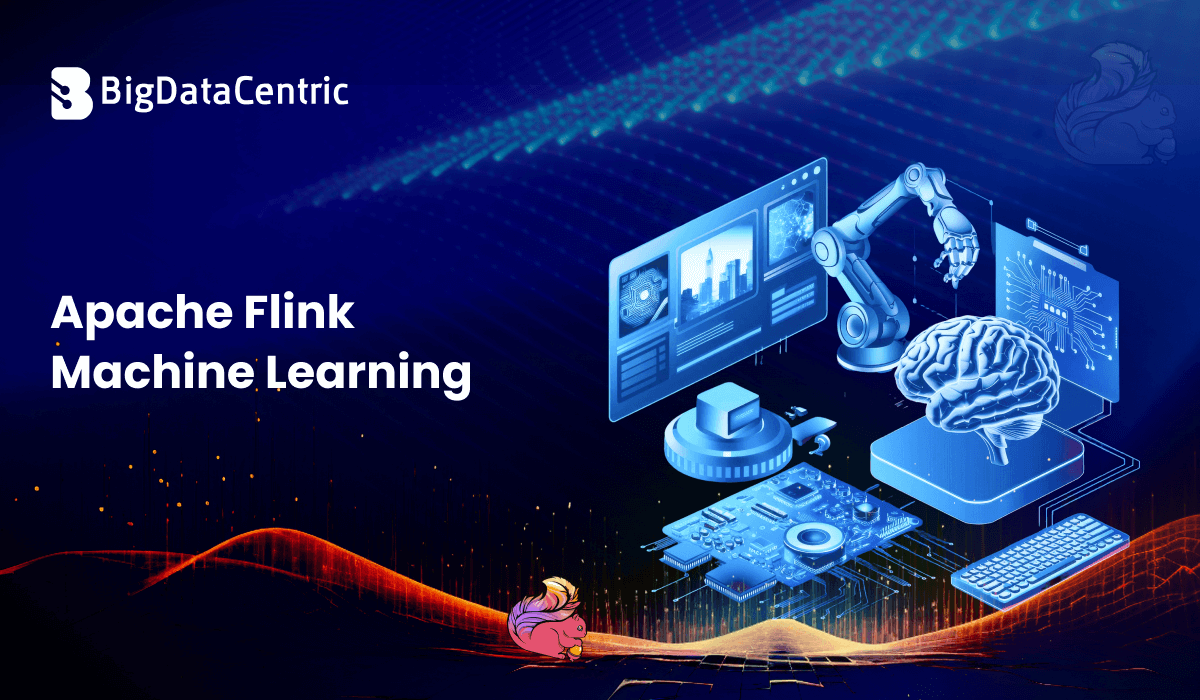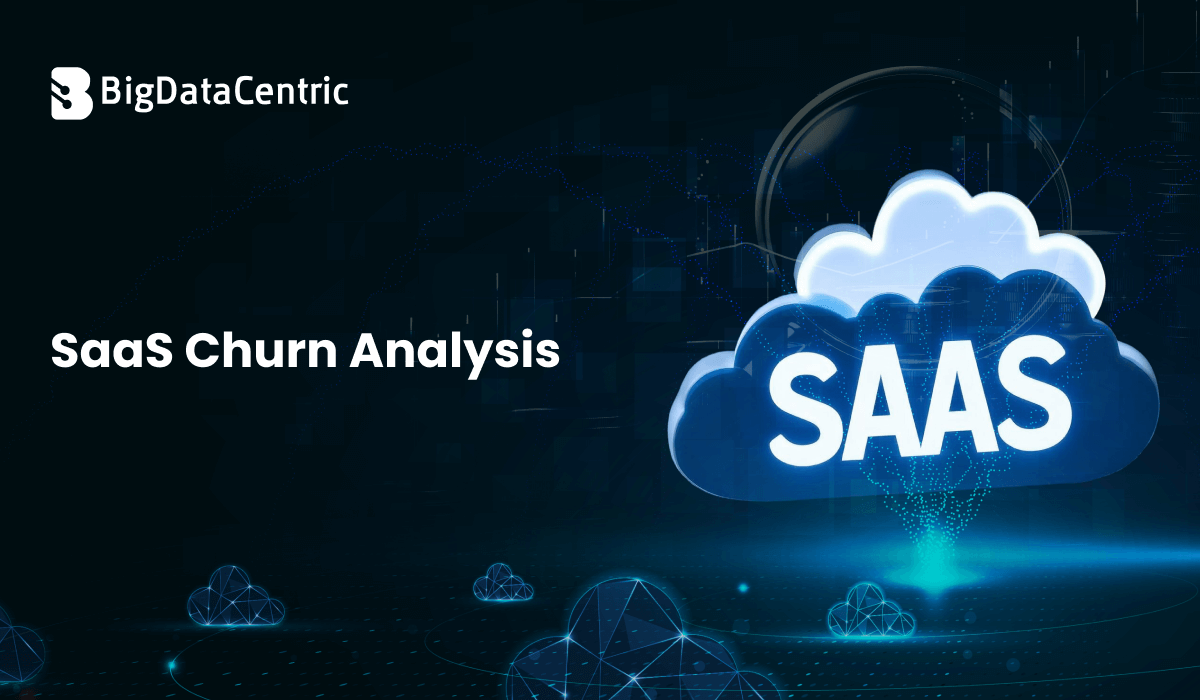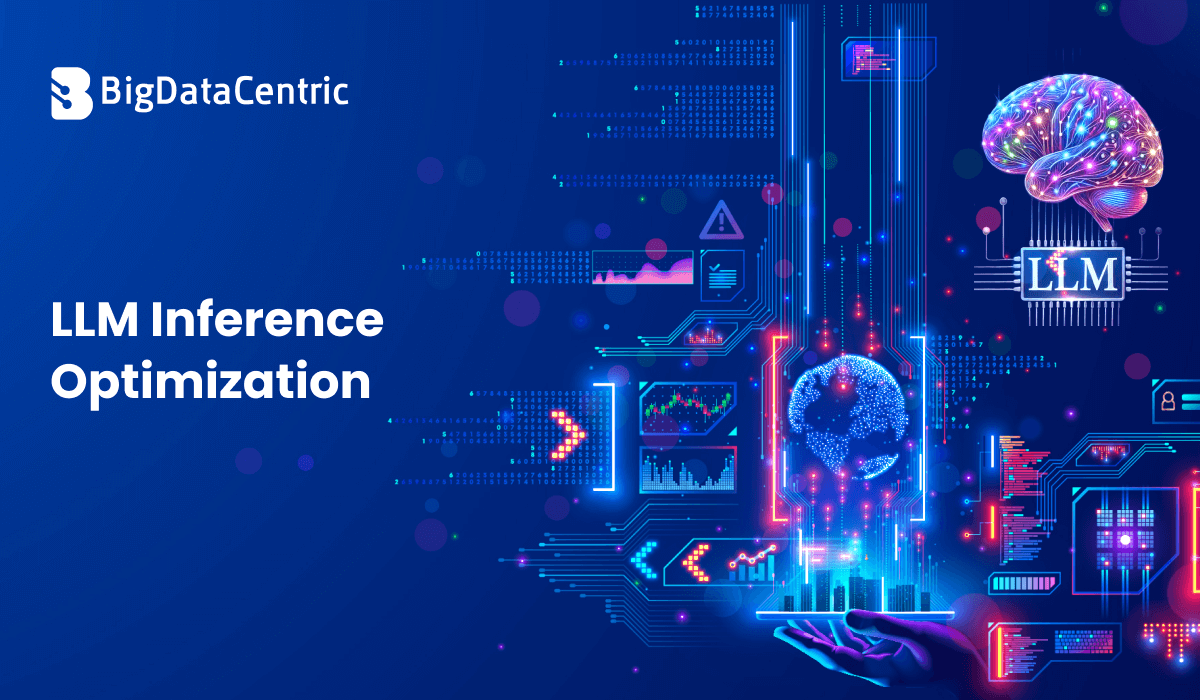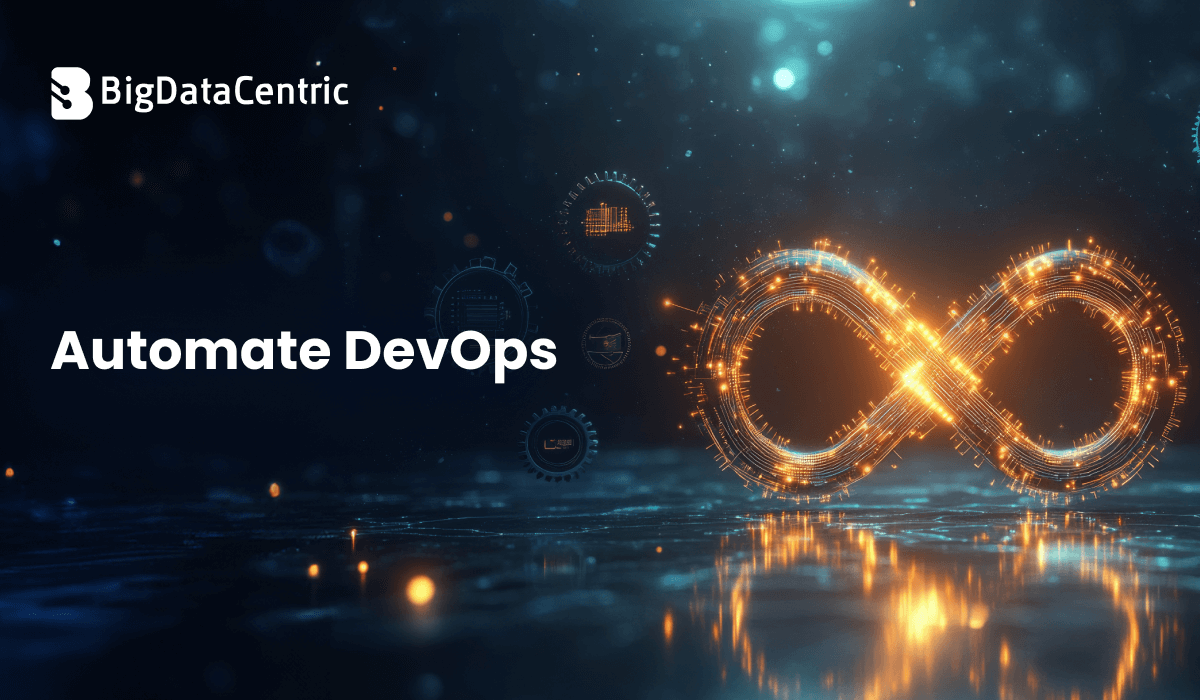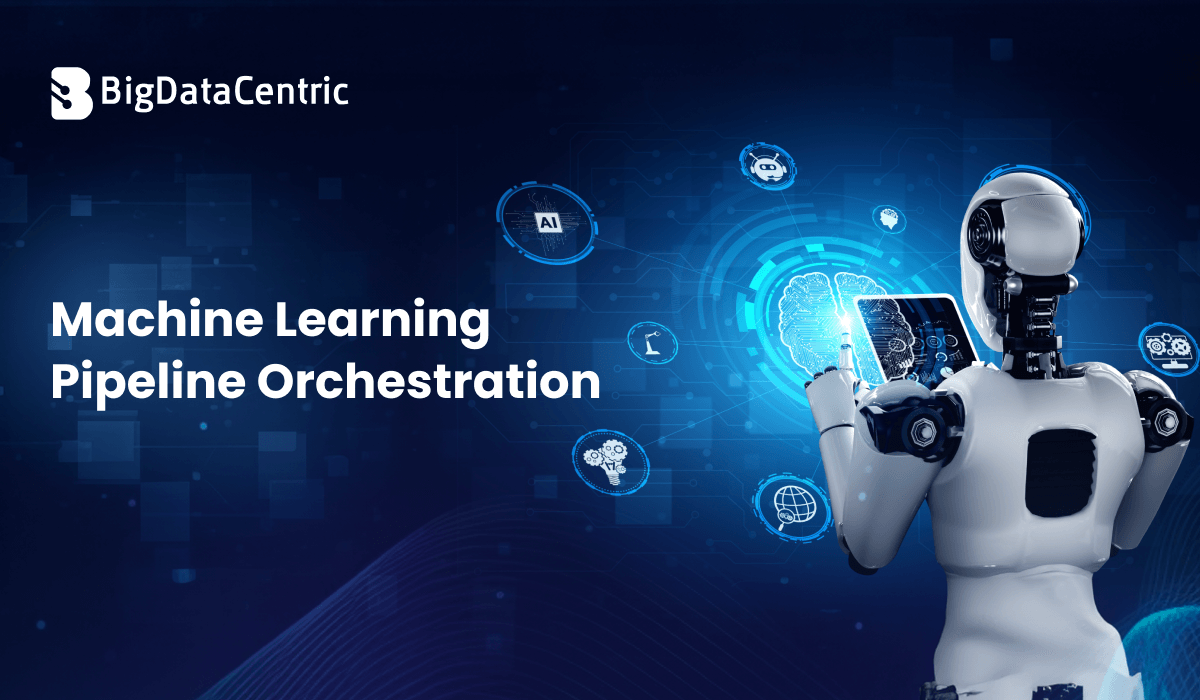Get in Touch With Us
Submitting the form below will ensure a prompt response from us.
Elasticsearch isn’t just a search engine anymore—it’s a powerful analytics platform with Machine Learning (ML) features that can automate anomaly detection, forecast trends, and analyze large-scale time-series data.
If you’re running systems that generate logs, metrics, or transactional data, Elasticsearch Machine Learning can help you find unusual patterns before they become critical problems.
What Is Elasticsearch Machine Learning?
Elasticsearch Machine Learning is part of the Elastic Stack (ELK) that uses statistical and machine learning algorithms to analyze your data automatically.
It’s designed for:
- Anomaly detection in time-series data
- Trend forecasting for capacity planning
- Data categorization for logs and events
- Real-time operational monitoring
The best part? You don’t have to be a data scientist to use it—Elastic provides UI tools and APIs to set up jobs without custom model training.
Key Use Cases
Anomaly Detection
Identifies outliers in your data stream without needing explicit thresholds.
Example: Detecting sudden spikes in API errors.
Forecasting
Predicts future trends based on historical data.
Example: Estimating future disk usage to prevent outages.
Categorization
Groups log messages into meaningful categories for faster troubleshooting.
How Elasticsearch Machine Learning Works?
Ingest Data
You need to send structured time-series data into Elasticsearch—usually via Beats, Logstash, or direct API ingestion.
Example Logstash config:
conf
input {
beats {
port => 5044
}
}
output {
elasticsearch {
hosts => ["http://localhost:9200"]
index => "server-metrics"
}
}
Create an ML Job
An ML job in Elasticsearch is a task that analyzes incoming data for anomalies or trends.
Example API call to create an anomaly detection job:
json
PUT _ml/anomaly_detectors/server_latency_job
{
"description": "Detect unusual response times",
"analysis_config": {
"bucket_span": "15m",
"detectors": [
{ "function": "mean", "field_name": "response_time" }
]
},
"data_description": {
"time_field": "@timestamp"
}
}
Start Datafeed
Connect your ML job to a data source so it can analyze incoming events.
json
PUT _ml/datafeeds/datafeed-server-latency
{
"job_id": "server_latency_job",
"indices": ["server-metrics"]
}
POST _ml/datafeeds/datafeed-server-latency/_start
Review Results
Results appear in Kibana under Machine Learning → Anomaly Detection, showing severity scores for detected anomalies.
Best Practices for Using Elasticsearch ML
- Choose the right bucket span: Too small increases noise, too large misses anomalies.
- Start with historical data: Train the ML job with past data for better accuracy.
- Integrate with alerts: Use Kibana Watcher or Alerts to notify you when anomalies occur.
- Optimize ingestion: Ensure data is well-structured and timestamps are accurate.
Example Forecasting Job
Forecast disk usage 30 days ahead:
json
POST _ml/anomaly_detectors/disk_usage_job/_forecast
{
"duration": "30d"
}This generates a predictive curve in Kibana’s visualization.
Boost Your Elasticsearch Capabilities
From anomaly detection to trend forecasting, we integrate ML into your Elasticsearch stack.
Conclusion
Elasticsearch Machine Learning brings advanced analytics directly into your search and log management workflows. It helps you:
- Detect anomalies before they cause downtime
- Forecast trends for proactive planning
- Automate insights without manual thresholds
By integrating Elasticsearch ML into your monitoring stack, you move from reactive firefighting to proactive problem prevention.



